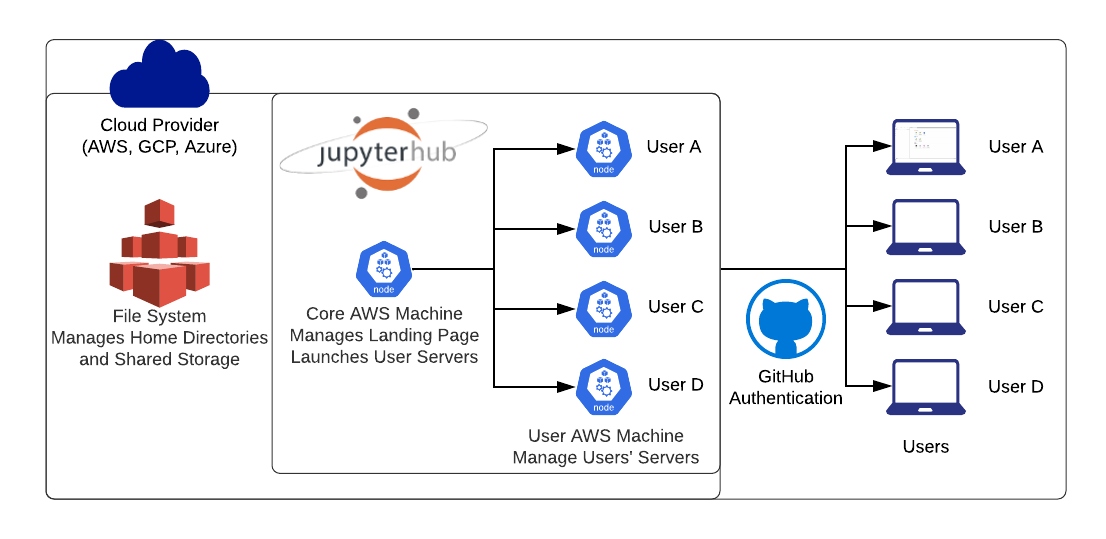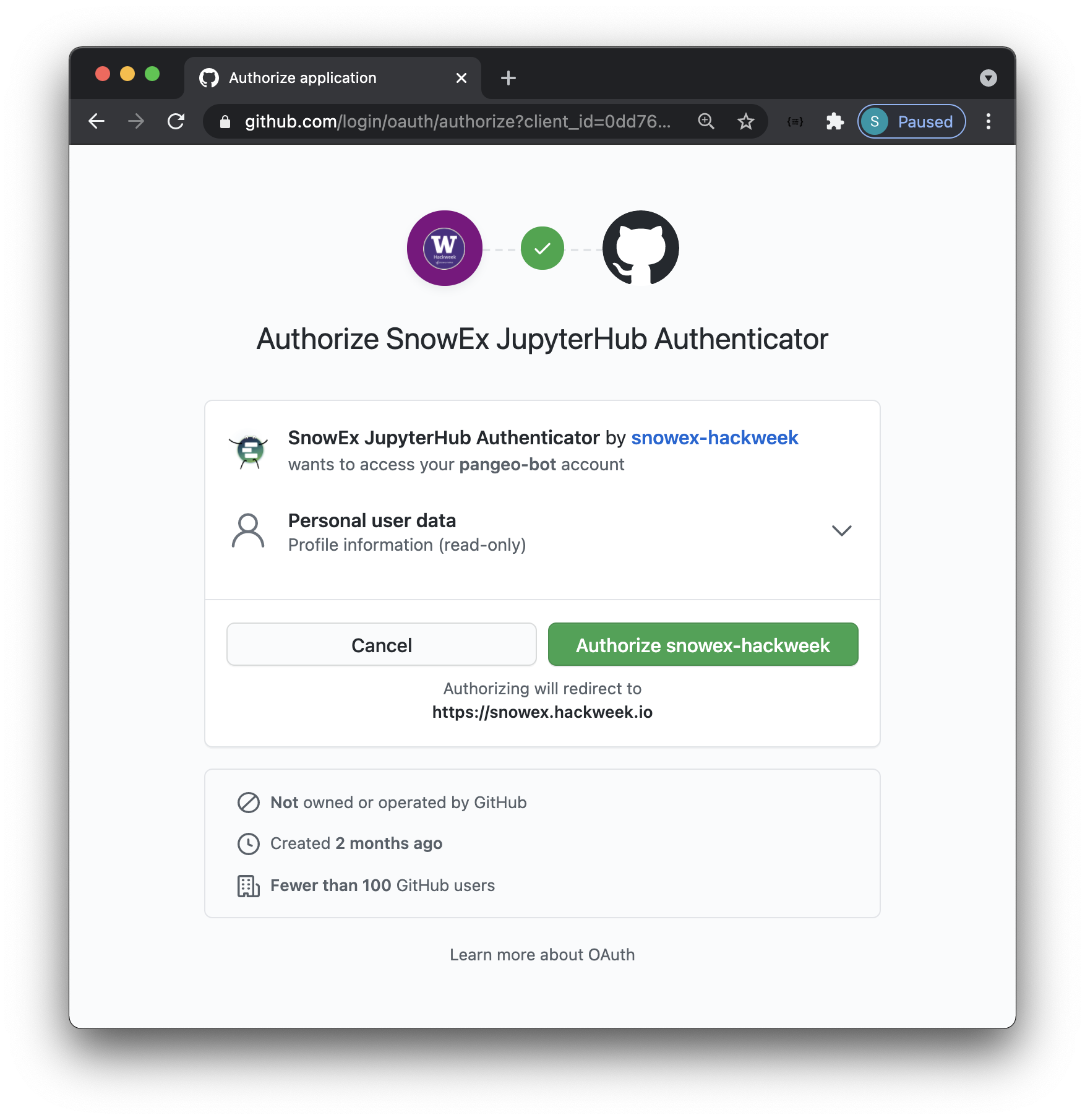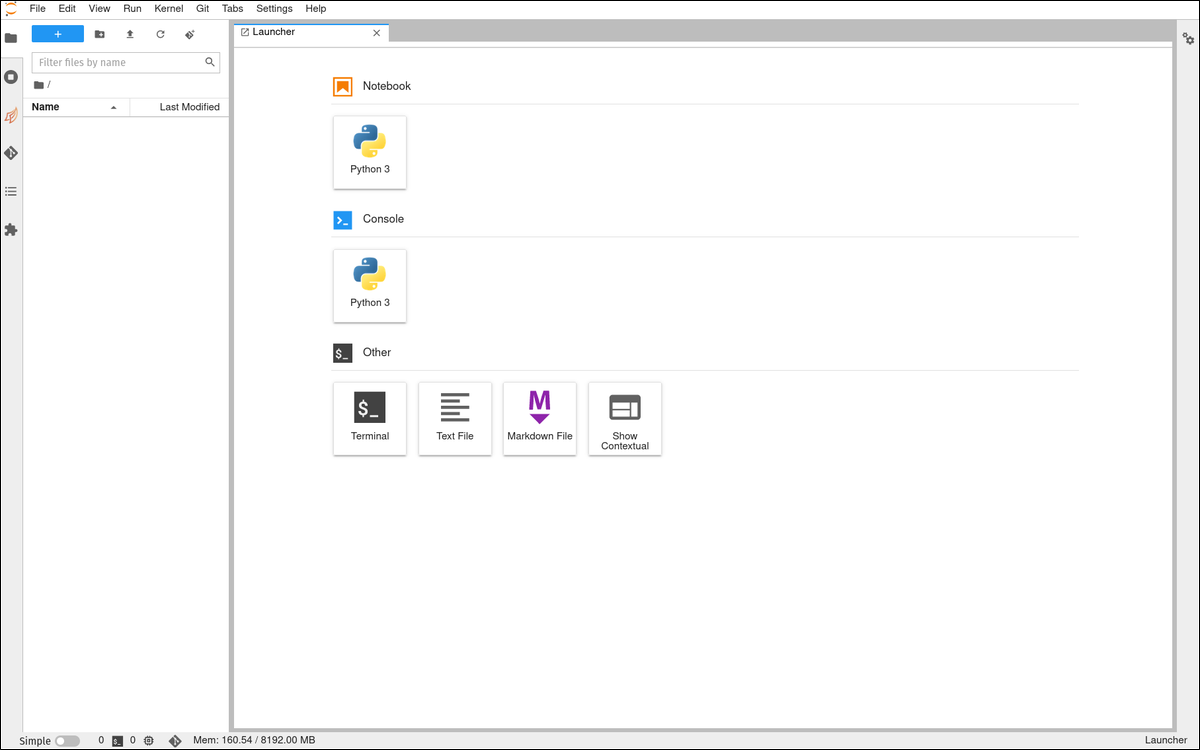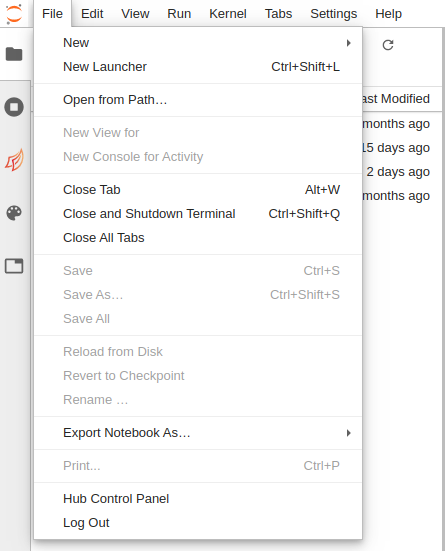Why are we using a shared cloud environment?¶
We use JupyterHub in an educational setting because it enables us to quickly begin working with code. Each participant connects to a computational environment hosted in the cloud. All that is required is a web browser, and a GitHub username for authentication:

We encourage you to use these shared cloud environments for all the tutorials, and you can optionally use this for your projects as well.
How do I access the shared cloud environment?¶
Access to our shared cloud environment (JupyterHub) is under this URL: {{ jupyterhub_url }}!
First time login¶
The first time you sign in, you will be asked to authorize the OAuth app as access to the JupyterHub is restricted to {{ hackweek }} GitHub Organization members.

After each login¶

When you log into JupyterHub you have access to your own virtual drive space
under the /home/jovyan directory. No other users will be able to see or access
your data files. You can add/remove/edit files in your virtual drive space.
How do I end my JupyterHub session?¶
Stopping the server happens automatically when you navigate to “File -> Log Out” and click “Log Out”! to end a session. You can also select “File -> Hub Control Panel -> Stop my Server”.

The reason for this is it will save us a bit of money! When you keep a session active it uses up AWS resources and keeps a series of virtual machines deployed.
Will I lose all of my work?¶
Logging out will NOT cause any files under /home/jovyan to be deleted. It
is equivalent to turning off your desktop computer at the end of the day.